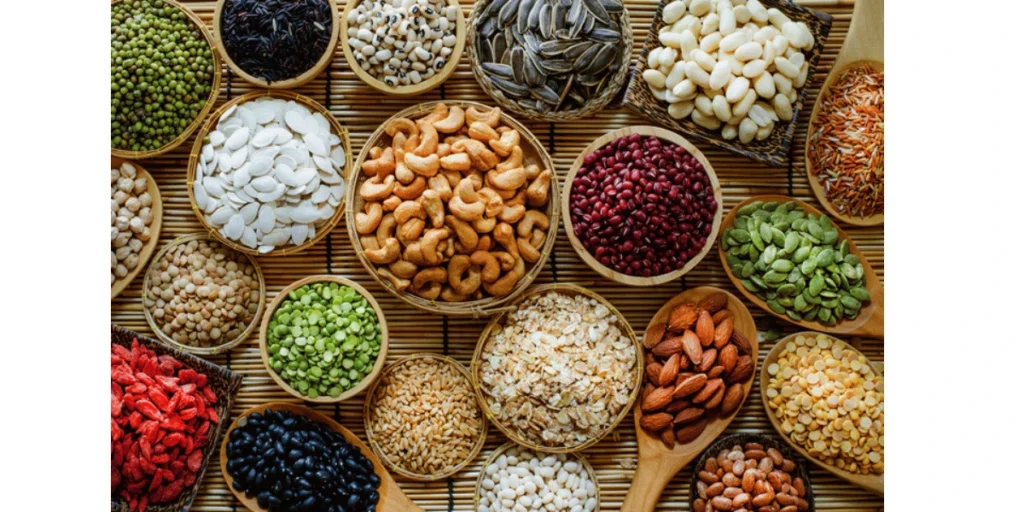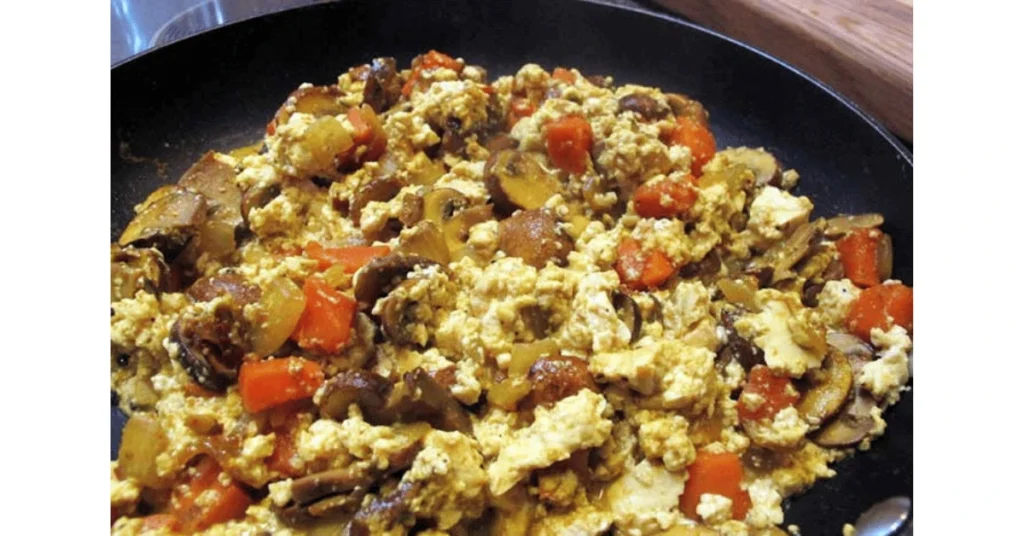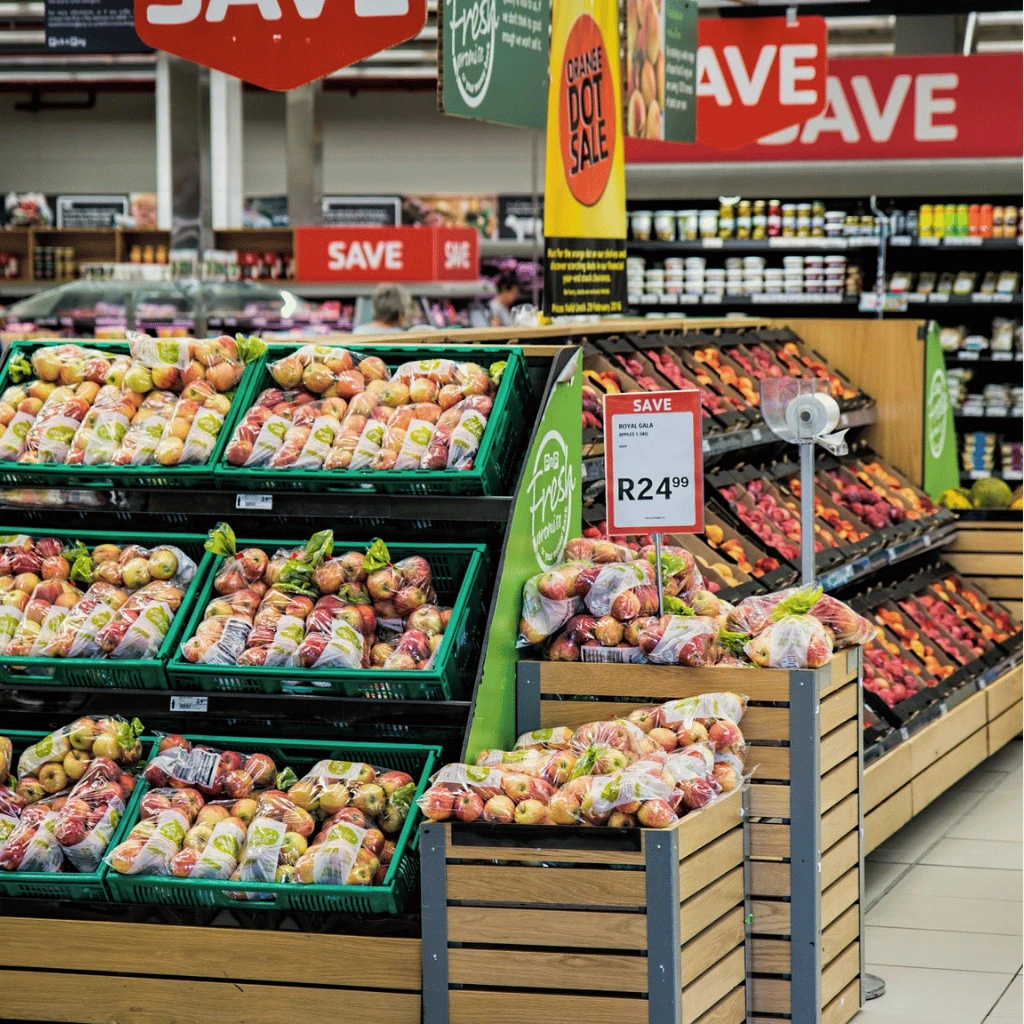Introduction
This is your ultimate guide to a beginners’ plant-based shopping list.
Starting a plant-based diet can feel like learning a new language, especially in grocery stores.
I remember standing there, feeling overwhelmed by all the choices. I wondered, “What should I buy?”
But don’t worry, you’re not alone in this feeling!
That’s why I’ve created this ultimate guide and shopping list just for you.
My goal is to make your transition not just easy, but genuinely exciting.
This guide makes healthy eating easier by showing what to add to your cart, like pantry staples and fresh produce.
We’ll cover new ways to save money and time while you shop.
I want to help you create a tasty, fulfilling, and entirely plant-based kitchen.
Let’s get started on this adventure together.
The Foundation: Building a Beginner’s Plant-Based Pantry
You have your beginner’s plant-based shopping list ready.
Before we go to the store, let’s discuss the key part of your new kitchen: the pantry.
Think of it as your secret weapon.
A well-stocked pantry is key for quick, tasty plant-based meals, even on busy weeknights. It stops you from ordering takeaway and helps you stick to your plans.
Let’s go through what I consider the absolute essentials.
First, we have grains and starches—the building blocks of many meals. I always keep brown rice, quinoa, and whole-wheat pasta on hand.
Then we have legumes.
Canned black beans, chickpeas, and red lentils are affordable protein sources and easy to find.
Speaking of protein, let’s not forget nuts and seeds!

Keep almonds, walnuts, chia seeds, and sunflower seeds on hand for snacks, oatmeal, and a variety of recipes. Olive oil and apple cider vinegar are essential for dressings and cooking.
To make everything taste great, a good spice rack is essential.
Basic spices to always have include garlic powder, cumin, and paprika.
Building this beginner’s plant-based pantry will set you up for success, I promise!
The Ultimate Beginner’s Plant-Based Shopping List: Section-by-Section
Alright, let’s walk through the grocery store together.
Produce Section: The Heart and Soul of Your Beginner’s Plant-Based Shopping Cart.
I always start in the produce section. It’s bright and lively, and it’s the heart of any beginner’s plant-based shopping list.
When building my shopping cart, I aim for a rainbow of colours.
First, grab some leafy greens, such as spinach and kale. They’re incredibly versatile and perfect for everything from smoothies to salads.
While you’re there, grab some cruciferous veggies. Broccoli and cauliflower are great for roasting. Don’t forget your root vegetables, either. Carrots, onions, and sweet potatoes are staples for soups, stews, and side dishes.
For cooking and snacking, get bell peppers, tomatoes, and cucumbers.
Complete your produce haul with fresh herbs like cilantro and basil. Also, add your favourite fruits, such as bananas, apples, and berries.
Protein Powerhouses for a Beginner’s Plant-Based Shopping List
Moving on, let’s talk about a topic that often concerns new plant-based eaters: protein.
I promise you, there are so many delicious and easy-to-find options.
Tofu and Tempeh
Tofu and tempeh are my go-to protein powerhouses. They may look scary at first, but trust me. With a bit of seasoning, they taste amazing.
Look for them in the refrigerated section. They’re great for stir-fries and scrambles.

Lentils and Beans
For a budget-friendly option, canned lentils and black beans form the backbone of countless recipes, from tacos to hearty soups. When you crave something familiar, try plant-based meats.
They aren’t needed every day, but they can help beginners with a plant-based shopping list.
Dairy Alternatives
Next, let’s talk about dairy alternatives. It’s an incredible time to start a plant-based diet because the options are endless!
I usually keep almond milk or oat milk for my coffee and cereal. Soy milk is also great, especially for baking. Just try a few to find the one you love.
When it comes to cheesy flavour, I have a secret weapon for you: nutritional yeast. It’s a game-changer and adds a savoury, nutty taste to sauces and roasted veggies.
You can explore various vegan cheese brands, especially those suitable for pizzas or quesadillas.
As we continue through the store, we’ll head to the bread and grain aisle.
This part is pretty straightforward but essential. I always prioritise whole-grain options. Look for whole-wheat bread and tortillas, as they offer more fibre and nutrients.
While we’re on staples, be sure to add brown rice and oats to your cart. They are key ingredients for many meals.
Don’t forget to add snacks and “just-in-case” items to your beginner’s plant-based shopping list.
These tips help you avoid feeling “hangry” and craving unhealthy snacks. I always make sure to have a tub of hummus, some whole-grain crackers, and maybe some rice cakes.
For a sweet treat, I’ll grab some dates or a bar of dark chocolate—because a bit of indulgence is always a good thing!
As you can see, stocking up on these items will help you build a kitchen that’s ready for anything. You’ve got this!
Innovative Shopping Strategies for Beginners on a Plant-Based Diet
Now that we have our beginner’s plant-based shopping list, let’s explore some fresh strategies.
These tips make this way of eating effortless and affordable.
Many people believe that a plant-based diet is expensive.
But I found that smart shopping tips can make it affordable instead.
How to Save Money on Your Beginner’s Plant-Based Shopping List
First, one of my favourite money-saving tips is to buy in bulk. I always make a point to get my beans, lentils, and grains from the bulk bins or in larger bags. It’s significantly cheaper per serving, and they have a long shelf life. Another secret I swear by is embracing the frozen food aisle!
Frozen fruits and vegetables usually cost less than their fresh counterparts. Additionally, they offer the same nutritional value. Plus, you never have to worry about them going bad. Furthermore, be sure to keep an eye on what produce is in season—it’s usually the cheapest and tastes the best.
Meal Planning for Your Beginner’s Plant-Based Shopping List
The best way to succeed and save money on a plant-based diet is by meal planning.
Before I ever head to the store, I sit down for 15 minutes and map out my meals for the week.
This simple step stops me from buying things I don’t need. So, it reduces food waste and helps my budget stay on track.
The most important rule?
Stick to the beginner’s plant-based shopping list you created based on that plan.
By using these tricks, you’ll find that both your wallet and pantry will thank you!
FAQ: Answering Common Beginner’s Plant-Based Shopping Questions
As you embark on this new journey, I know you’ve got questions!
I remember when I first started.
Now, I’d like to address some common questions I frequently hear from others who are making the switch.
What should a beginner eat on a plant-based diet?
First, beginners should focus on eating a variety of foods. The core of your diet should come from fruits, vegetables, whole grains, and legumes. Think of delicious meals built around beans, rice, pasta, and plenty of fresh produce.
What are the basic foods on a plant-based diet?
The basic foods are the foundation of your beginner’s plant-based shopping list. These include basic staples such as beans, lentils, chickpeas, brown rice, oats, and whole-wheat bread. They also have a wide range of fresh and frozen fruits and vegetables.
What is the best plant-based diet for beginners?
In my opinion, the “best” one is the one that works for you. I recommend starting with a whole-foods, plant-based approach. It’s easy to follow. It focuses on simple, tasty ingredients instead of processed ones.
What should you not eat on a plant-based diet?
To put it simply, you should not eat anything that comes from an animal.
This includes:
- Meat (chicken, beef, pork)
- Fish
- Seafood
- Dairy (milk, cheese, yoghurt)
- Eggs
How do I get started with a plant-based diet?
The easiest way is to start slow. Add one or two plant-based meals to your weekly routine to get started. Then, add more slowly as needed.
Use this plant-based shopping list to help you stock your pantry well.
Do you lose weight by eating plants?
Many people lose weight when they eat a diet that is mostly plant-based. This is true, especially when they eat whole, unprocessed foods. However, it’s not a guaranteed outcome. The primary benefit is a significant boost to your health and energy.
Conclusion
We’ve reached the end of our journey, and I’m so glad you came along!
This beginner’s plant-based shopping list demonstrates that transitioning to a plant-based diet is a straightforward process.
It can be fun, affordable, and enriching.
Keep in mind what we discussed:
- Build a strong pantry with staples like grains and legumes.
- Fill your cart with colourful produce.
- Use smart shopping tips to save time and money.
I want you to feel confident and excited the next time you walk into a grocery store. Don’t feel pressured to be perfect from day one—the goal is progress, not perfection.
Start small, be kind to yourself, and enjoy the fantastic food you’re about to discover.
You’re ready to get out there and start cooking delicious, plant-powered meals!
Share your plant-based shopping wins, tips, or questions in the comments below. Let’s inspire each other on this journey!


